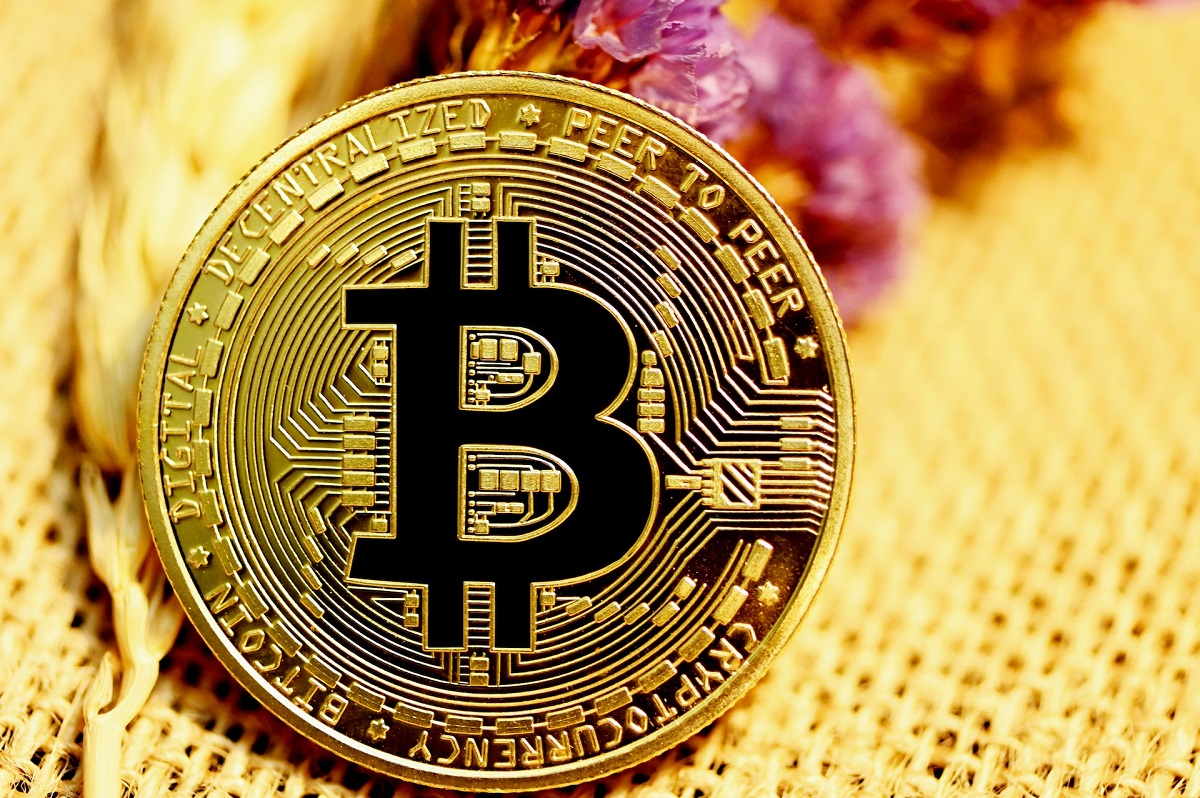The world of cryptocurrency and blockchain technology has introduced new ways to raise funds for startups and projects. Initial coin offerings (ICO) and initial exchange offerings (IEO) have become the go-to options for fundraising in the crypto market.
However, there’s a new player in town, and it’s called the initial DEX offering (IDO). The IDO is a fundraising method that takes advantage of decentralized exchanges, allowing for a more transparent and fair distribution of tokens.
One platform that’s making waves in the IDO market is P2B. Here are five reasons why P2B is a game-changer in the world of crypto fundraising:
- Decentralized exchange: P2B uses a decentralized exchange to distribute tokens during its IDO. This means that the distribution is fair, transparent, and open to everyone, unlike centralized exchanges that often benefit the whales and big investors.
- Liquidity exchange: P2B’s IDO also acts as a liquidity exchange. This means that investors can buy and sell tokens immediately after the IDO, without having to wait for the token to be listed on a centralized exchange.
- Community-driven: P2B is community-driven, which means that the platform is designed to cater to the needs and interests of its community. This ensures that the platform is transparent, trustworthy, and responsive to the community’s feedback.
- Alternative fundraising: P2B’s IDO provides an alternative method of fundraising for startups and projects.
What is IDO Crypto?
IDO (Initial DEX Offering) is a new fundraising model that is gaining popularity in the cryptocurrency market. It is a decentralized way of raising funds for a project or startup by selling its native tokens on a decentralized exchange (DEX) platform. In simple terms, an IDO is an Initial Coin Offering (ICO) that takes place on a decentralized exchange.
The IDO model is gaining popularity because it offers a more decentralized and community-driven approach to fundraising compared to traditional ICOs. IDOs are usually conducted on decentralized exchanges that provide liquidity for the token sales. This means that anyone can participate in the fundraising process and there are no restrictions on who can invest.
The IDO model is also gaining traction because it offers a more secure and transparent way of fundraising. The decentralized nature of IDOs means that the risk of fraud or scams is significantly reduced compared to traditional ICOs.
Another advantage of IDOs is that they provide better liquidity for the tokens being sold. This is because the tokens are sold on a decentralized exchange, which means that they can be traded immediately after the sale. This is in contrast to traditional ICOs, where investors often have to wait for a certain period before they can trade their tokens.
In recent years, there has been a rise in a new form of IDO called the Initial Exchange Offering (IEO). IEOs are similar to IDOs in that they are conducted on a decentralized exchange, but they are usually conducted in collaboration with the exchange.
What Fees Does IDO Crypto Charge?
IDO (Initial DEX Offering) is a type of fundraising model that allows projects to launch their tokens through a decentralized exchange (DEX). The fees charged by IDO crypto platforms vary depending on the platform and the type of service provided. In this blog post, we’ll explore the different fees that IDO crypto platforms may charge.
- Listing Fees: Most IDO crypto platforms charge a listing fee to list a project’s token on their platform. This fee can vary widely, from a few thousand dollars to hundreds of thousands of dollars, depending on the platform’s popularity, the project’s size, and the duration of the listing.
- Trading Fees: IDO crypto platforms earn revenue by charging trading fees on every transaction executed on their platform. The trading fees generally range from 0.1% to 0.3%, depending on the platform.
- Gas Fees: Gas fees are the fees that users pay to execute transactions on the blockchain. IDO crypto platforms may pass on these fees to the users or include them in the trading fees.
- Token Generation Fees: Some IDO crypto platforms charge token generation fees to create and deploy a project’s token on their platform. These fees can vary between $10,000 to $50,000, depending on the platform.
- Fundraising Fees: IDO crypto platforms may charge a fundraising fee for hosting the fundraising campaign.
How Can I Send Funds to IDO Crypto?
Sending funds to an IDO (Initial DEX Offering) crypto project can be a bit different than the traditional methods of investing in cryptocurrencies. IDOs are a type of fundraising method for decentralized projects where tokens are sold directly to the community through a decentralized exchange (DEX) instead of a centralized platform like an ICO. Here are some steps to follow to send funds to an IDO crypto project:
- Choose a reliable decentralized exchange (DEX) that supports the IDO project: There are several DEXs available in the market, and you need to choose one that supports the IDO project you are interested in. Some popular DEXs include Uniswap, PancakeSwap, Sushiswap, and Balancer.
- Connect your wallet to the DEX: To participate in the IDO, you need to connect your crypto wallet to the DEX. Most DEXs support wallets like MetaMask, Trust Wallet, and Coinbase Wallet.
- Fund your wallet with the required cryptocurrency: Once your wallet is connected, you need to fund it with the required cryptocurrency to participate in the IDO. Most IDO projects accept Ethereum (ETH) or Binance Coin (BNB), depending on the blockchain network they are built on.
- Find the IDO project: Look for the IDO project you want to invest in on the DEX. The project’s website or social media pages should provide the necessary information regarding the IDO’s start date.
